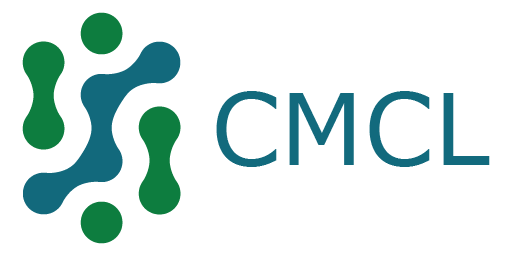The ever-stringent ultra-low emission targets have been met partly through the adoption of advanced exhaust gas aftertreatment technologies.
There are a wide range of aftertreatment technologies, they can be catalysts such as a Diesel Oxidation Catalyst (DOC) which is employed to oxidize any unburned hydrocarbons by promoting heat and facilitating the oxidation reaction or a catalyst with a working fluid such as the Selective Catalytic Reduction Catalyst (SCR) along with the injection of urea is used to convert NOx to water and inert nitrogen. A scrubber such as a Diesel Particulate Filter (DPF) is used to trap and then periodically burn off excess soot. These and equivalent technologies can facilitate the reduction of unwanted nitric oxides, carbon monoxides, sulphur oxides, unburned hydrocarbons soot, ash, carbon dioxide and others.
 One dimensional aftertreatment system simulations
One dimensional aftertreatment system simulations
The efficiency and operating strategy associated with the integration of these technologies into an aftertreatment system is highly sensitive to the state of the working fluid for each sub-component. This makes the integration of these technologies, a multi-dimensional optimisation challenge which can be facilitated through simulation of the aftertreatment system. CMCL have developed advanced combustion and aftertreatment systems simulation tools which are “well-validated” and “physics-based”. This enables our customers to optimise their engine and aftertreatment operating strategy robustly with greater physical insight into the challenges.

PM size distribution as a function of catalyst temperature
Typical Projects
- Optimisation of combustion and aftertreatment strategies
- Advanced control strategies
- Advanced chemical models for aftertreatment components
- De-NOx catalyst, DOC, DPF simulations
- Soot particle size distribution and morphology computations
- Model parameter studies
- Bespoke research
